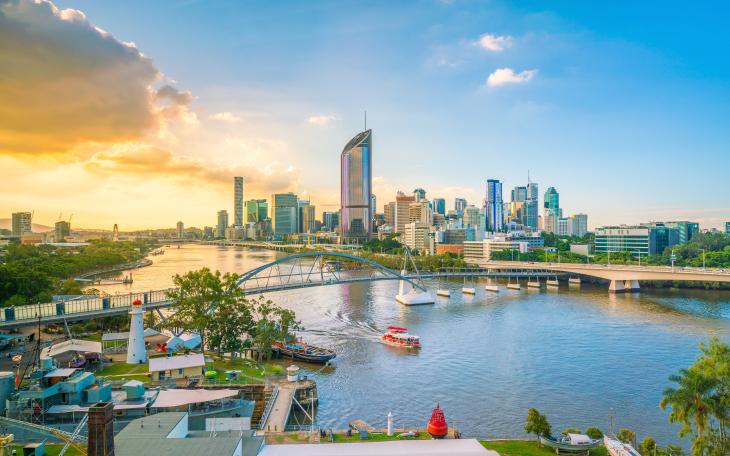Letter from … Brisbane

By Jamin Smith, Associate Partner, Newgate Queensland
Like most Australian states, Queensland has managed its health response to the COVID-19 pandemic extremely well, with strict lockdown rules and social isolation protocols through April and May resulting in very low levels of community transmission. Active COVID-19 cases are currently in single digits.
As of early June, daily life is slowly returning to normality as restrictions are slowly eased.
Queensland schools have been back for a few weeks, easing pressure on parents who in many cases had to balance working from home and teaching their kids; shops and cafes are slowly seeing more customers, albeit under social distancing restrictions; and the roads are noticeably busier than a month ago. Most importantly (for some), Queensland’s fanatically followed winter football codes have resumed their national competitions so fans of rugby league and Aussie Rules have live sport to look forward to again.
There are a range of other factors unique to Queensland, however, which means the State’s recovery path will differ to other parts of Australia.
Our patchwork economy – some devastated, some ok
To a greater extent than any other state in Australia, Queensland’s economy (particularly in the State’s Far North and the coastal hotspots north and south of Brisbane) is heavily dependent on tourism, retail and hospitality. Given these sectors were the most impacted by lockdowns, tens of thousands of jobs have been lost and many of these businesses will never re-open.
Some parts of the State have been luckier with their local economies being propped up by industries less impacted by the pandemic, with Central Queensland (mining), regional Queensland (agribusiness buoyed by recent rains), and Brisbane (HQ for larger companies and many of the State’s public servants) holding up ok.
Virgin Australia, the airline which has been one of the highest profile corporate casualties of COVID-19, was headquartered in Brisbane but is likely to have a greatly reduced presence in the State when it comes out of administration.
‘Beautiful one day, perfect the next’ (but only if you’re a Queenslander)
The Queensland Government is one of the states, with Victoria being another, standing steadfast on the issue of keeping state borders closed.
Not surprisingly this is creating a great degree of concern amongst the tourism, retail and hospitality industries, especially given how much tourism traffic this time of year is driven by people in the colder southern states wanting to enjoy Queensland’s much warmer winters.
Despite the noise from the business community, the Government has the backing of the public, with Newgate Research finding that, right now, the overwhelming majority of Queenslanders want the State’s borders to stay closed to outsiders, at least for the short-term.
The Government has just announced that Queenslanders can travel anywhere in the State in time for the school holidays which start in mid-June. To support the tourism industry, it has stitched up a deal with a regional airline to offer cheap flights within Queensland.
The political dilemma
Queensland is heading for the polls in October 2020, with the incumbent Labor Government under pressure on a range of fronts, including from some significant self-inflicted wounds.
Critics of the State Government claim it has achieved little of substance since 2015 while its debt position has deteriorated to precarious levels, a situation not helped by spending of almost $4 billion in COVID-19 support and stimulus measures.
The Opposition and local Murdoch-owned media (aka the Government’s real opposition) are piling the pressure on the Government, with frequent criticism of its COVID-19 response.
The reality is things are still very much in the balance. As we’ve seen in other recent elections here and overseas, the media’s narrative doesn’t always marry up with public opinion and voting intentions, and there is enough research going around to suggest this may be the case again.








